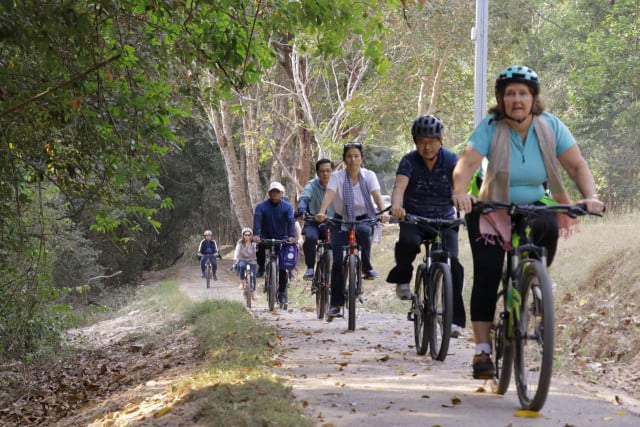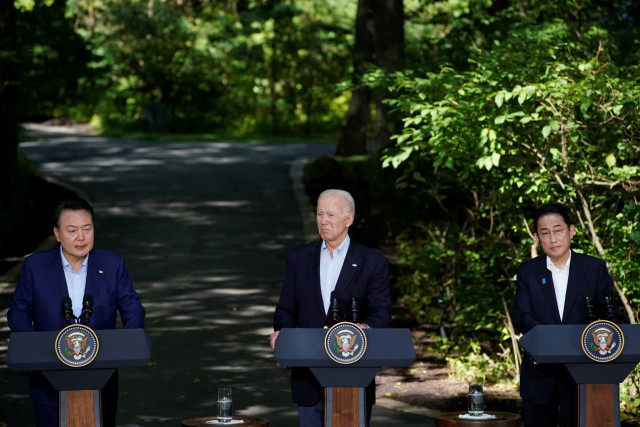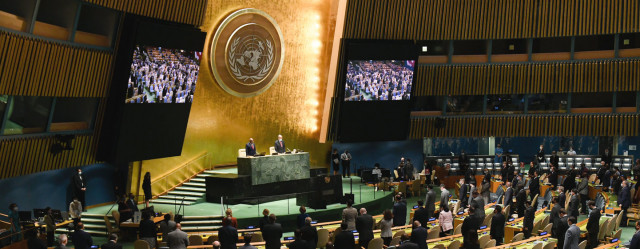Apsara National Authority Inaugurates a Kilometers-Long Bicycle Trail in Angkor Park

- Ou Sokmean and Thien Phearin
- January 28, 2021 6:32 AM
This is meant to reduce vehicle-gas pollution and offer visitors a health-tourism product
SIEM REAP--Stretching 23 kilometers in Angkor Archeological Park, the bicycle track is one of Apsara National Authority’s latest initiatives meant to contribute to reducing air pollution and offer visitors eager to keep fit a healthy way to tour the park.
According to Hang Pov, director general of Apsara Authority, the bicycle lane was developed not only to offer visitors the possibility of a new experience by using a health tourism product, making this safe since cyclists now have their own track, but also to help reduce air pollution caused by vehicles’ gas emissions.
The construction of the track began after three years of studies and consultation with Unesco since Angkor is listed as a Unesco’s World Heritage Site, he said.
Asked why Apsara Authority embarked on such a project, Pov said, “[o]ne of the reasons is we have observed that [many of] our people ride bicycles on bicycle lanes on the main road, and this could be dangerous anytime.
“Another important reason is because Minister of Culture Phoeurng Sackona advised that we must have a long-term vision for Angkor Park because our park has been affected by…pollution due to transportation,” he said. “This pollution damages our stones, and the means to reduce this pollution is to use bicycles.”
According to Pov, cyclists will get to experience a natural environment with woodland and centuries-old temples while touring the heritage site.

Officially inaugurated on Jan. 27, the bicycle trail, which winds around big and small trees, starts near the old ticket-checking station on Charles de Gaulle Blvd in Siem Reap City, he said. It goes by Prasat Kravan temple east of Angkor Wat, to Banteay Kdei temple and ends at the Ta Keo temple.
The other bicycle track begins at Srah Srang, then goes to Pre Rup temple and then to the Dey Chhnang gate of the Bayon temple.
Cyclists interviewed welcomed the news of the bicycle trail. Roeun Rotha said that this would make it easy and safe for cyclists to tour Angkor Park, giving them the opportunity to enjoy the park’s natural environment.
“Foreign and national tourists visiting Siem Reap should spend a day cycling because we could acquire new experiences and get exercise on the trip,” Rotha said.
San Phalin a tourist from Phnom Penh who had come to visit Angkor Park in Siem Reap Province, also welcomed this new bicycle trail. Bike riders will get easy and safe cycling and enjoy the natural setting along the way, he said.















